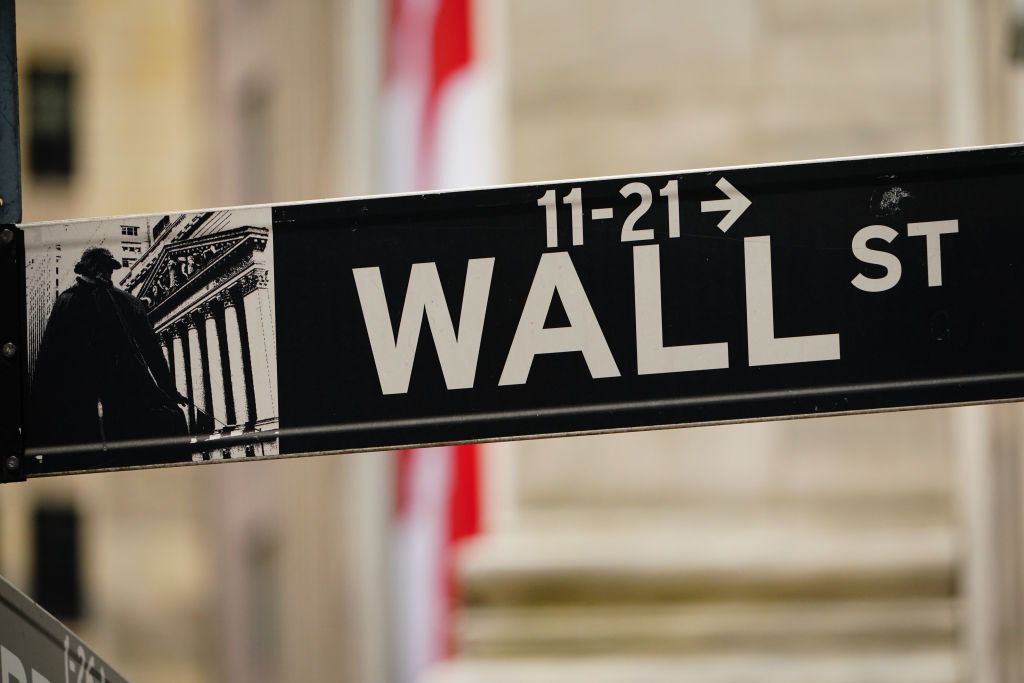
NEW YORK (AP) — U.S. stocks fell sharply Tuesday after disappointing inflation data made investors confront the bitter possibility that interest rates will stay high for months longer than they were hoping.
The S&P 500 tumbled 1.4% as traders delayed forecasts for when the Federal Reserve will deliver the cuts to interest rates they crave so much. The hotter-than-expected inflation report may have put the final nail into hopes that the first cut could arrive in March. It also pushed many forecasts past May into June, according to data from CME Group.
The Dow Jones Industrial Average dropped 524 points, or 1.4%, from its record set a day earlier. The Nasdaq composite, which has been flirting with its all-time high set in 2021, sank 1.8%.
High interest rates hurt all kinds of investments, and they tend to particularly hurt high-growth stocks like technology companies. A 2.2% drop for Microsoft and 2.1% tumble for Amazon were the two heaviest weights on the market.
Wealth disparities by race grew during the pandemic, despite income gains, report shows
The losses were widespread, and nearly 90% of the stocks in the S&P 500 fell in the wipeout. It’s one of the biggest speed bumps for the index since its big, record-setting rally began in late October. Much of that rise was due to hopes that inflation was cooling enough for the Fed to cut rates and relax the pressure on the economy.
Stocks of smaller companies fell even more because high rates could hurt them more than bigger rivals by making it more difficult to borrow cash. The Russell 2000 index of smaller stocks plunged 4% for its worst day since two summers ago.
Some analysts warned the inflation data could mean not only a delay to rate cuts but also the possibility for further increases. The Fed has already pulled its main interest rate to the highest level since 2001 in hopes of grinding down high inflation. High rates work by slowing the overall economy.
But it’s still just one data point, which followed months of encouraging trends where inflationary pressures eased, said Chris Larkin, managing director, trading and investing, at E-Trade from Morgan Stanley.
“Until proven otherwise, the longer-term cooling inflation trend is still in place,” he said. “The Fed had already made clear that rate cuts weren’t going to happen as soon as many people wanted them to. Today was simply a reminder of why they were inclined to wait.”
Still, the reaction across Wall Street was immediate and fierce.
Yields jumped in the bond market as traders built up expectations for the Fed to keep rates high for longer. The yield on the 10-year Treasury rose to 4.31% from 4.18% late Tuesday.
The two-year Treasury yield, which moves more on expectations for the Fed, leaped to 4.66% from 4.47%.
Even after the surprising inflation report, the likeliest outcome is still for the economy to manage a perfect landing and avoid a painful recession as inflation cools, according to Alexandra Wilson-Elizondo, co-chief investment officer of the multi-asset solutions business in Goldman Sachs Asset Management.
But she said there is still risk that conditions could swing to one of two extremes: Either the economy falls into a recession under the weight of high interest rates, or inflation reaccelerates in part because of how much Treasury yields have already fallen and stock prices have already climbed on expectations for coming cuts to rates.
The forced recalibration by traders on rates brought Wall Street’s expectations closer to what the Federal Reserve has outlined. Fed officials earlier said they were penciling in three cuts to rates this year, as inflation hopefully cools toward their 2% target from its peak above 9% two summers ago.
Earlier, traders were forecasting as many as six cuts in 2024. Now, they’re largely betting on three or four cuts.
Critics have been warning that stock prices may have climbed too far, too fast given too-optimistic hopes for rate cuts and other risks. On the upside for markets recently, most companies have been beating analysts’ forecasts for profits in the latest quarter.
Arista Networks joined that parade after reporting stronger earnings and revenue than expected. But its stock nevertheless sank 5.5%. Underscoring again the power of high expectations, analysts said its stock may have fallen because investors were hoping for a better forecast for upcoming results from the company. Coming into the day, its stock had already risen nearly 20% for the year so far.
Moody’s tumbled 7.9% for the worst loss in the S&P 500 after the credit-rating company reported weaker profit for the latest quarter than Wall Street had forecast.
On the winning side of Wall Street, JetBlue Airways soared 21.6% after activist investor Carl Icahn disclosed he has built up an ownership stake in the airline and said he sees the stock as undervalued.
All told, the S&P 500 fell 68.67 points to 4,953.17. The Dow dropped 524.63 to 38,272.75, and the Nasdaq sank 286.95 to 15,655.60.
In stock markets abroad, indexes fell across Europe. In Asia, markets were closed in China for holidays, but Japan’s Nikkei 225 jumped 2.9% and South Korea’s Kospi gained 1.1%.
(Copyright, All Rights Reserved, Associated Press, 2024)




